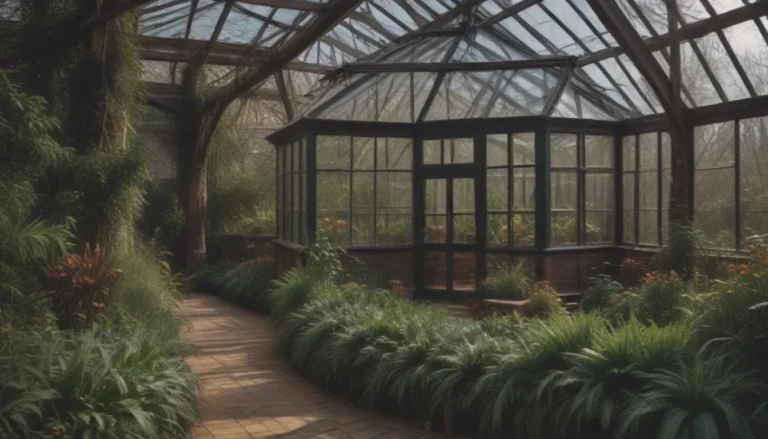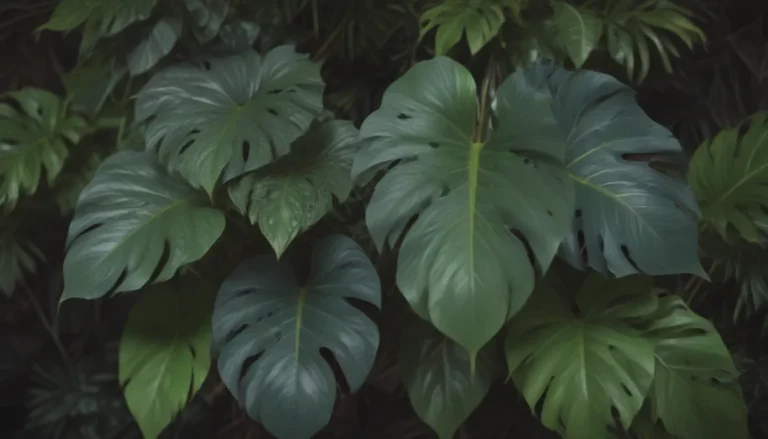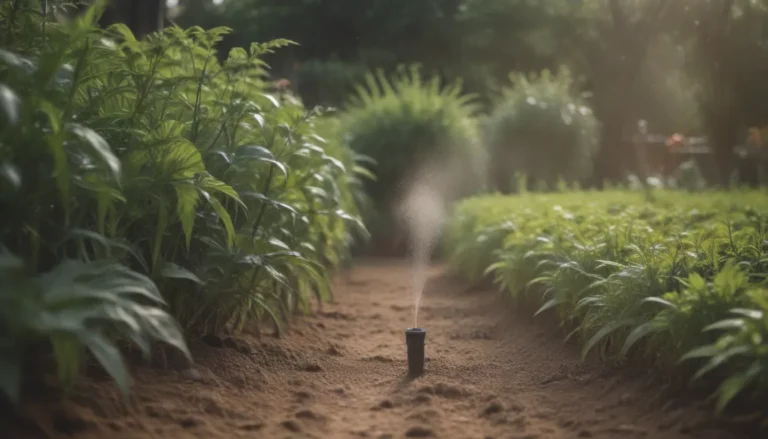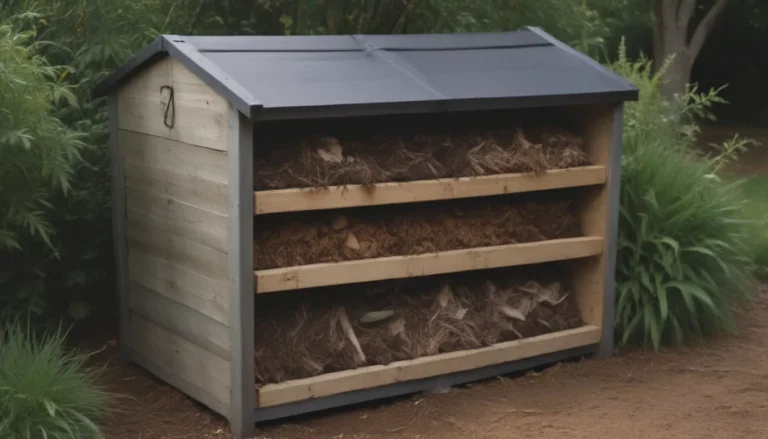Comprehensive Guide on Growing and Caring for Oleander Plants
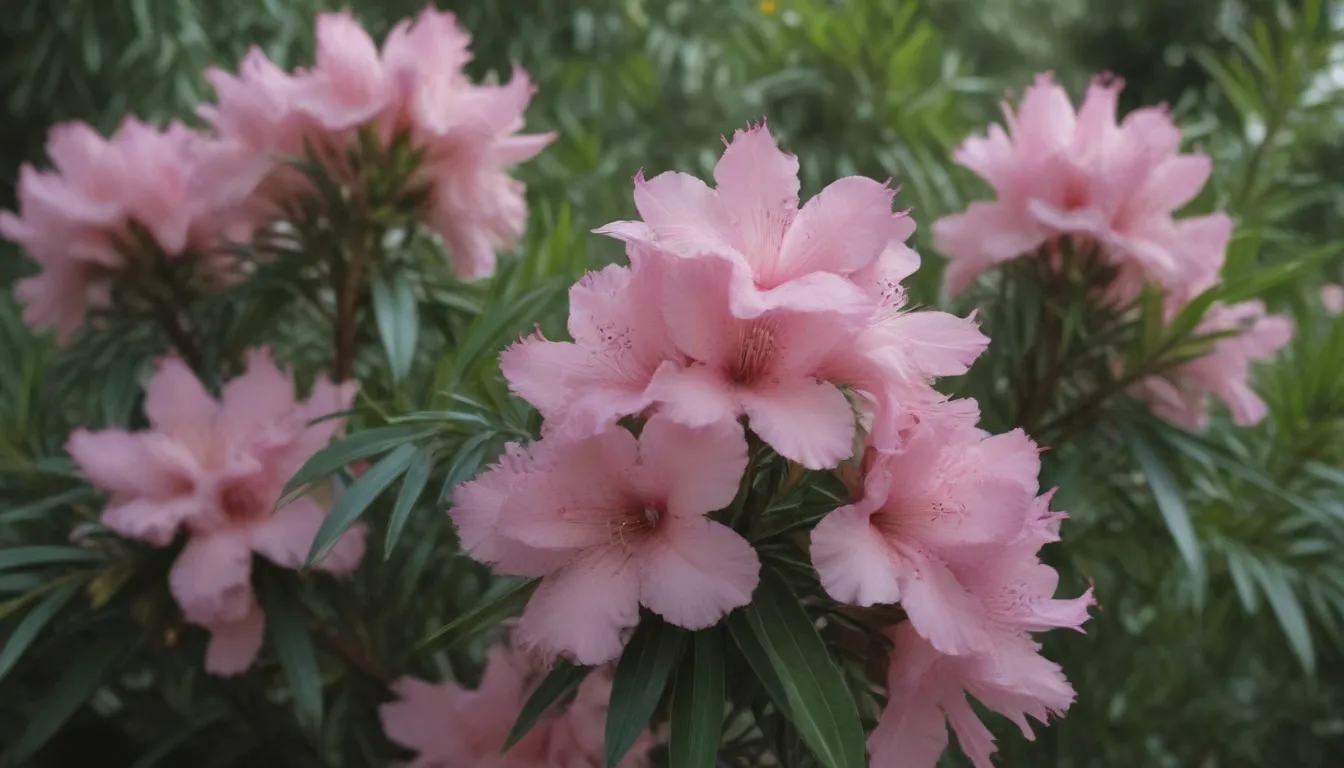
Are you interested in adding a splash of color and fragrance to your garden or landscape? Look no further than the beautiful and versatile oleander plant (Nerium oleander). In this comprehensive guide, we will explore everything you need to know about growing and caring for oleander plants to help you create a stunning outdoor space.
Understanding Oleander
Oleander plants typically grow as mounded, round shrubs, but they can also be trained as small single- or multi-trunked trees. The evergreen foliage is dense, leathery, and dark green, providing a natural privacy screen when planted in groups or borders. Oleander flowers come in a variety of colors, including pink, red, orange, yellow, and white, and bloom for an extended period from spring to summer, and sometimes even into early fall and year-round in warmer climates.
Warning: Toxicity
It is important to note that all parts of the oleander plant are toxic to humans and pets, including the smoke produced from burning plant parts. Therefore, it is crucial to avoid planting oleander flowers in areas where children and pets may play. When working with oleander, always wear protective clothing and gloves to prevent exposure.
Planting Oleander
When it comes to planting oleander, there are a few key factors to keep in mind:
How to Plant:
- Choose a one- or two-year-old oleander bush with a strong, straight central stem.
- Consider whether you want to grow the plant as a bush or train it into a tree.
- Support the plant with a bamboo stake if training it into a single-stemmed tree.
- Deadhead spent blooms to maintain the plant’s appearance and prevent seed pods from forming.
When to Plant:
The best time to plant oleander is in the spring when the soil has warmed up and the risk of frost has passed.
Where to Plant:
Oleander prefers full sun but can also tolerate partial shade. Ensure the soil is well-drained and test the pH level before planting. Oleander can adapt to various soil conditions, including poor soil, acidic, neutral, or alkaline soil.
Oleander Care
Once you have planted your oleander, it is essential to provide proper care to ensure its health and vitality. Here are some key care tips:
Light:
Oleander thrives in full sun but can also tolerate partial shade. For dense foliage, full sun is ideal.
Soil:
Plant oleander in well-drained soil and test the pH level before planting. Oleander can adapt to a range of soil pH levels and conditions.
Water:
Water your oleander plant whenever the top inch of soil becomes dry. Transplant container-grown oleander into a larger container with drainage holes to prevent root-bound growth.
Fertilizer:
Feed poor soil with a balanced fertilizer in spring and apply light fertilization yearly thereafter. Established oleander plants are not heavy feeders.
Temperature and Humidity:
Oleander can tolerate light frost and low temperatures, but in colder climates, consider growing it in a container and bringing it indoors for winter.
Types of Oleander
With many cultivars to choose from, consider the following popular varieties for your garden or landscape:
- ‘Calypso’
- ‘Isle of Capri’
- ‘Sister Agnes’
- ‘Compte Barthelemy’
- ‘Mrs. Roeding’
- ‘Hawaii’
- ‘Petite Pink’
- ‘Petite Salmon’
- ‘Variegata’
- ‘Variegatum Plenum’
Using Oleander in Landscaping
Oleander is a versatile plant that can be used in various ways in your landscape, such as:
- Privacy screen
- Hedge
- Border plant
- Container plant
With its beautiful flowers and dense foliage, oleander adds color and texture to any outdoor space.
Propagating Oleander
If you want to propagate your oleander plants, you can do so through stem cuttings. Here’s how:
- Wear protective clothing and gloves when handling the plant.
- Take stem cuttings from healthy plants.
- Root the cuttings in a well-draining soil mix.
- Keep the cuttings moist until they establish roots.
Pruning
Pruning is an essential part of oleander care to maintain the plant’s shape and health. Remember to wear protective clothing and gloves when handling oleander. Prune oleanders in late winter before new growth occurs to promote healthy branching and flowering.
Overwintering
Before winter arrives, cut back your oleander plant by about two-thirds to protect it from cold temperatures. If it is in the ground, consider potting it and bringing it indoors for winter care.
Common Pests and Plant Diseases
Oleander plants are relatively resistant to pests and diseases, thanks to their toxic nature. However, keep an eye out for aphids, mealybugs, scale, and oleander caterpillars. Remove any pests promptly to prevent damage to the plant.
In conclusion, oleander plants are a beautiful addition to any garden or landscape with proper care and maintenance. By following these tips and guidelines, you can enjoy the beauty and fragrance of oleander flowers in your outdoor space. Remember to always prioritize safety when handling oleander due to its toxic nature. Happy gardening!
